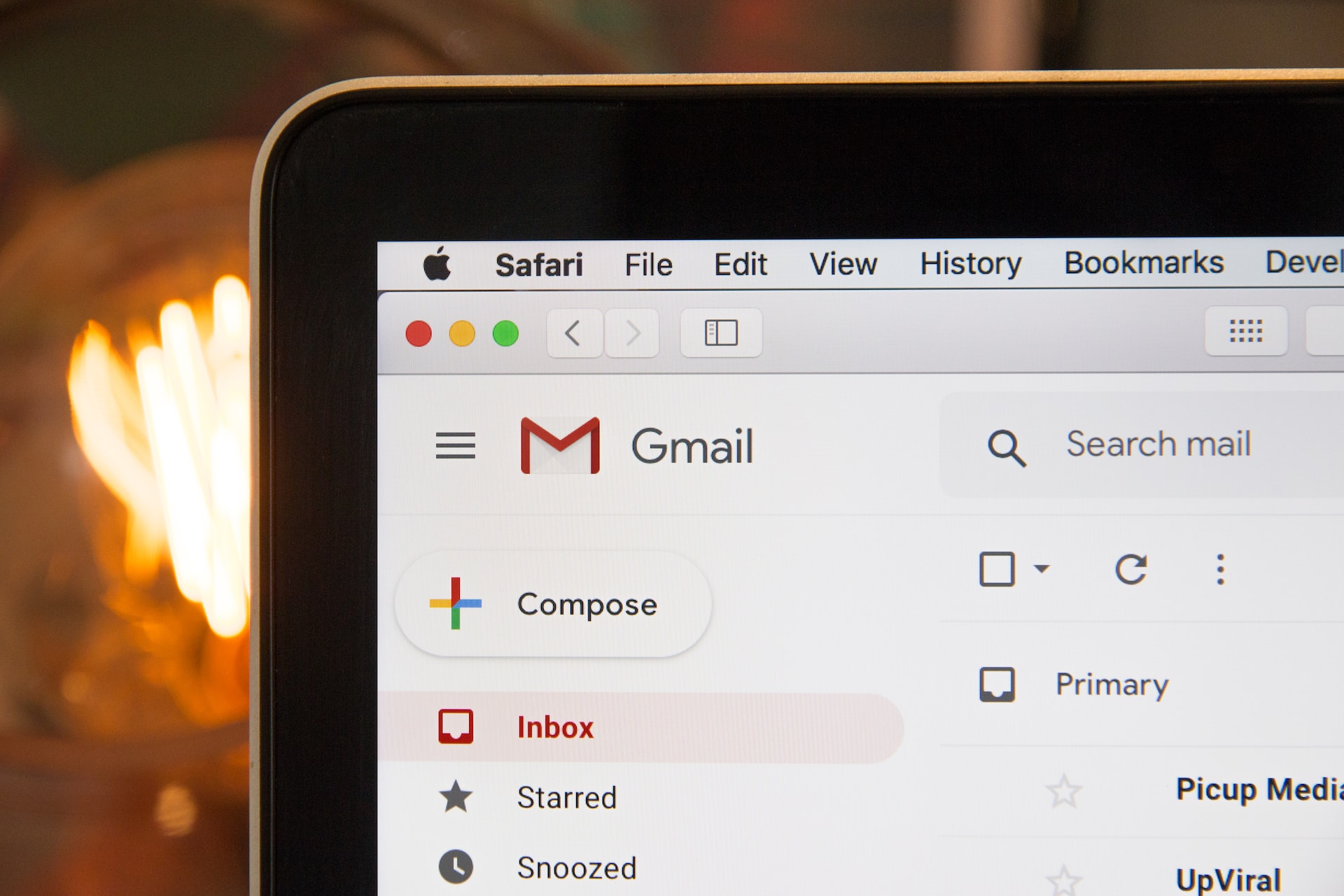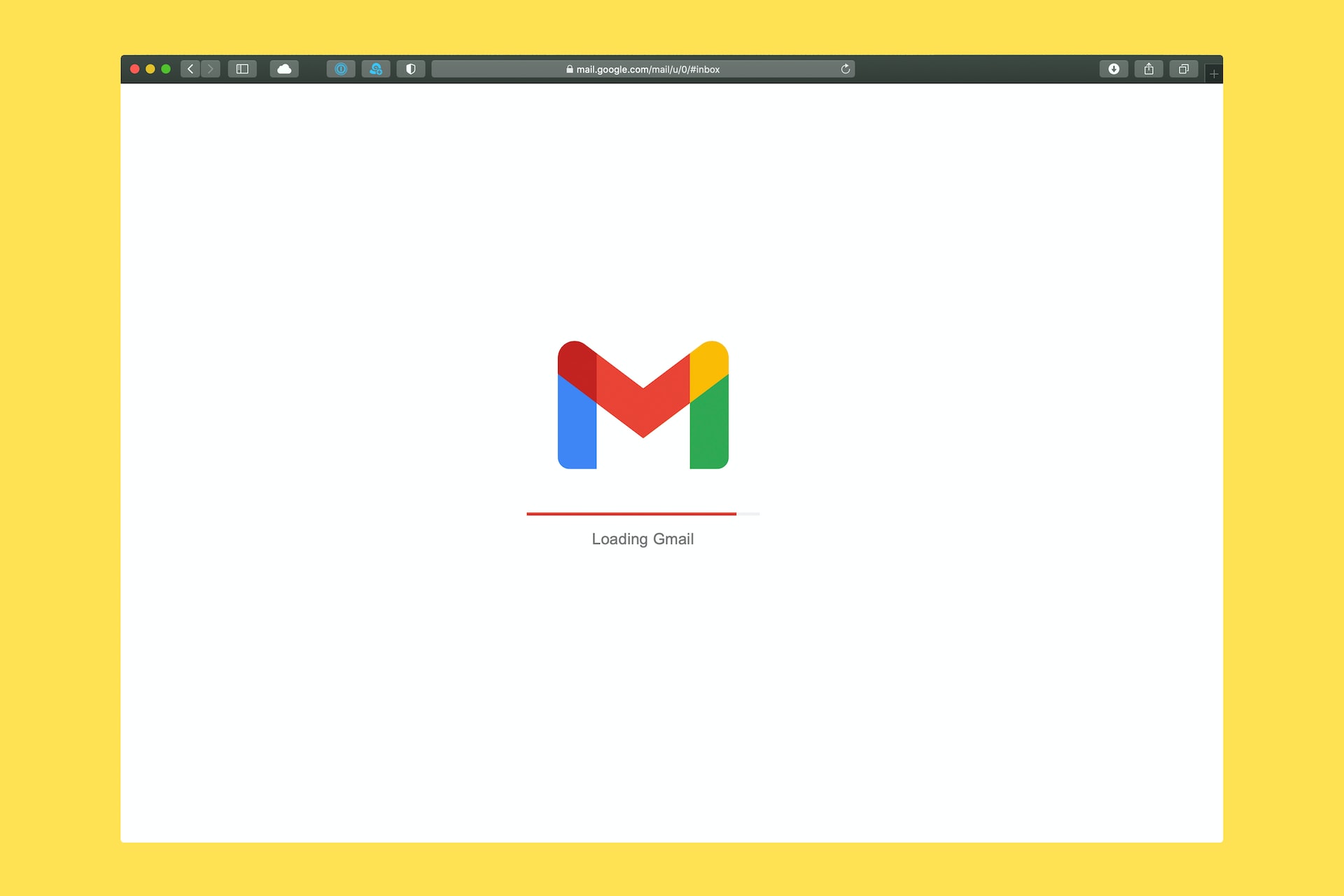Understanding Email Drip Campaigns and Their Benefits
Email drip campaigns are a series of automated, pre-written emails sent to subscribers or potential customers over a specific timeframe. These campaigns are designed to engage, educate, and build trust with your audience, ultimately guiding them through the buying process. Some of the key benefits of email drip campaigns include:
Consistent communication with potential customers
Improved customer engagement
Higher conversion rates
Time and resource savings
Better lead nurturing
Crafting the Perfect Email Drip Campaign Strategy
Set Clear Goals and Objectives
Before you begin building your email drip campaign, it's essential to have clear goals and objectives in mind. Consider what you want to achieve with
your email marketing efforts, such as increasing product or service awareness, converting leads into customers, or nurturing existing clients. Clear objectives will help you create a more targeted and effective campaign.
Identify Your Target Audience
Understanding your audience is crucial to crafting a successful email drip campaign. By identifying your ideal customer, you can tailor your content, tone, and messaging to resonate with their needs, interests, and pain points. Consider using tools like Google Analytics, customer surveys, and feedback to develop a clear picture of your target audience.

Segment Your Audience
Segmentation is the process of dividing your audience into smaller groups based on specific criteria, such as demographics, location, or behavior. This allows you to send targeted email drips to each segment, increasing personalization and effectiveness. For example, a software company may create different email drips for prospects interested in project management tools and those interested in marketing automation.
Create Compelling Content
Your email drip campaign is only as effective as the content it delivers. Focus on creating valuable, engaging, and educational content that speaks to your audience's needs and interests. This may include how-to guides, product or service updates, customer success stories, or industry news. The more your audience reads your email and clicks through, the more likely your next email is to
reach their Primary inbox.
Timing and Frequency: Finding the Perfect Balance
The timing and frequency of your email drips play a crucial role in their success. Too many emails may overwhelm your audience, while too few could lead to disengagement. Test different frequencies and schedules to find the sweet spot for your audience. Generally, it's best to start with a more frequent schedule (e.g., once per week) and then taper off as the campaign progresses.
Measuring Success: Metrics That Matter
To gauge the effectiveness of your email drip campaign, it's important to track key metrics. Some essential metrics to monitor include:
Open rate: The percentage of recipients who open your emails
Click-through rate (CTR): The percentage of recipients who click on a link within your email
Conversion rate: The percentage of recipients who complete a desired action (e.g., making a purchase or signing up for a webinar)
Unsubscribe rate: The percentage of recipients who opt-out of your email list
Use these metrics to identify areas for improvement and adjust your campaign accordingly.
Real-World Examples of Successful Email Drip Campaigns
Zapier, a web automation platform, uses a series of onboarding emails to educate new users about their product. Their email drips include tips, resources, and step-by-step guides that help users get the most out of the platform. This strategy helps build trust and engagement while showcasing the value of their product.
HubSpot, a marketing, sales, and customer service software provider, has an extensive library of free resources, including ebooks, templates, and webinars. They use email drip campaigns to promote these resources, providing valuable content to their audience while also demonstrating their expertise in the industry. By sharing these valuable assets, HubSpot nurtures leads and guides them through the buyer's journey.
Grammarly, a writing enhancement tool, uses email drip campaigns to engage users by sharing personalized writing insights and tips. Their emails highlight the user's progress, suggest areas for improvement, and encourage users to utilize Grammarly's features to enhance their writing. This approach keeps users engaged and motivated to continue using their service.

Tips for Crafting Effective Email Drips
Personalize Your Emails
Personalization goes beyond using the recipient's name in your email. Dive deeper by tailoring your content to each segment's interests, needs, and pain points. This approach can significantly improve engagement and conversion rates.
A/B Test Your Campaigns
A/B testing involves creating multiple versions of your email (e.g., different subject lines or content) and sending them to a subset of your audience to see which performs better. Use the insights gained from A/B testing to optimize your email drip campaigns and improve their effectiveness.
Use Eye-Catching Subject Lines
A compelling subject line can make the difference between an opened email and one that gets lost in the inbox. Create subject lines that are engaging, relevant, and pique your audience's curiosity.
Keep Your Emails Concise and Focused
Long, complex emails can be a turn-off for busy professionals. Keep your content concise and focused on one main idea or call-to-action. Use bullet points, subheadings, and short paragraphs to make your content easy to digest.
Include Clear Calls-to-Action
Every email in your drip campaign should have a clear and specific call-to-action (CTA). Whether it's downloading a resource, booking a demo, or signing up for a webinar, make it easy for your audience to take the next step.






